Long-Lost Cold War Submarine Discovered After Six Decades At Ocean’s Depths
Tim Taylor had one mission–to find the USS Stickleback, a historic cold-war era submarine that disappeared in 1958.
As the camera navigated the ocean floor 11,000 feet below the surface, he saw the figure he sought. This was it, the prize they had all been searching to discover.
A 60-Year-Old Mystery
When the Stickleback sank, it split into two. It was lucky that the crewmen survived–that isn’t something common in submarine tragedies. The sub, however, went straight to the bottom of the sea and was thought to be lost forever.

Source: ABC News / YouTube
But the technology used to locate subs has changed. Tim, an expert ocean explorer, used a combination of advanced sonars, imaging equipment, and remotely-operated vehicles to zero in on the missing sub’s location. This allowed him to discover the 60-year-old mystery lying beneath the waters.
1 out of 120
The mere fact that the Stickleback has been missing for 60 years is in itself enough reason to be excited about its discovery.
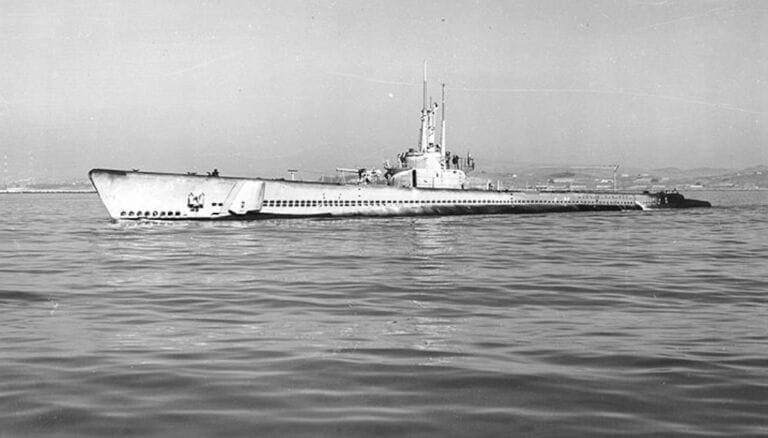
Source: U.S. Navy/Wikimedia Commons
But there’s so much more to the story than the length of time since it went missing. Built during World War II, it was one of 120 Balao-class subs under the US Navy. It makes one wonder what’s special about one sub when there are 119 others just like it. As this story unfolds, you’ll realize that all the fuss about it is well worth it.
Top Notch Craftsmanship
Balao submarines were known for their top-notch craftsmanship that allowed them to last far longer than previous models. Based on the previous Gato line of Navy submarines, the Balaos had thicker and sturdier steel within the pressure hull.
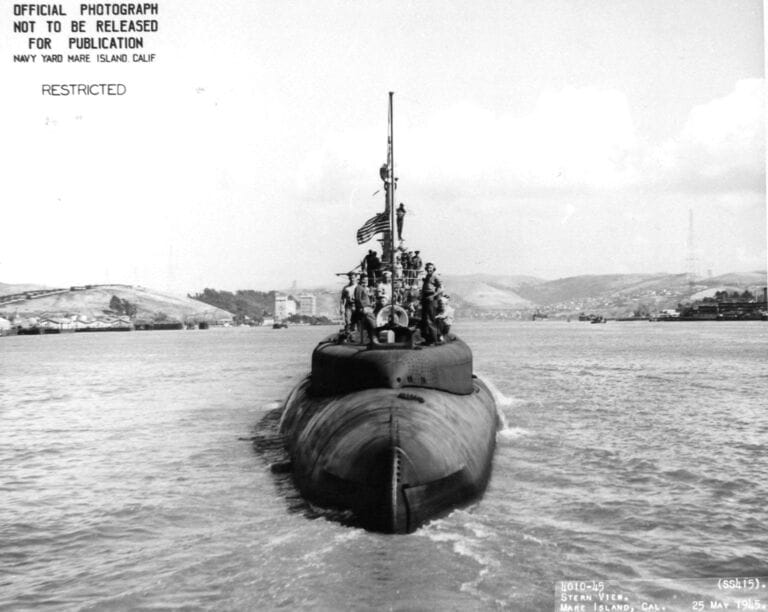
Source: NavSource Online: Submarine Photo Archive
This line of subs was named after the Balao halfbeak, a kind of schooling marine fish. The USS Balao was the first to be launched out of the entire class from Portsmouth Navy Yard in Maine on October 27, 1942.
Diving Deeper Than Others
Because of the thick high-tensile steel alloy used in the Balao’s hull, this class of subs could go deeper than any other sub built in that era. In fact, it could go as deep as 400 feet, a feat worthy of applause at the time.
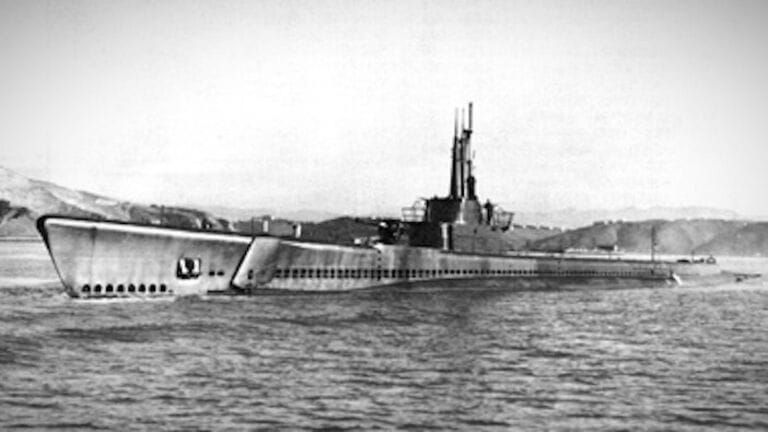
Source: Naval History and Heritage Command
Based on its structure, the hull could only break once it reached around 900 feet in depth. But in a time of war, not everything is predictable, and the mighty Stickleback ended up at the bottom of the ocean despite its strength.
Seemingly Indestructible
People at that time saw the Stickleback as indestructible. After all, it was known as one of the strongest submarines ever made at the time. Its engines were also unbelievably powerful. It could go anywhere at amazing speeds.
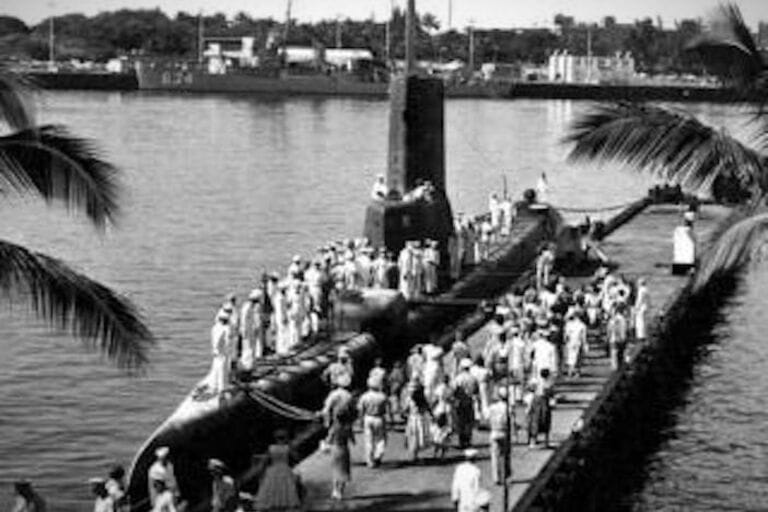
Source: U.S. Navy/Wikimedia Commons
The Stickleback was launched from the Mare Island Navy Yard in California in March 1944. It had four ten-cylinder diesel engines that powered twin propellers plus four high-speed electric motors. The way the Stickleback was engineered was so impressive that no one foresaw what was going to happen.
A Dangerous Combination
The Stickleback seemed indestructible, but another thing made it an even bigger threat. It was also fast, with the ability to move underwater at speeds of up to 9 knots. When moving across the surface, it had the capacity to reach 20 knots. This speed made the Stickleback a huge threat to the enemy, especially if you combine that speed with its indestructible body.
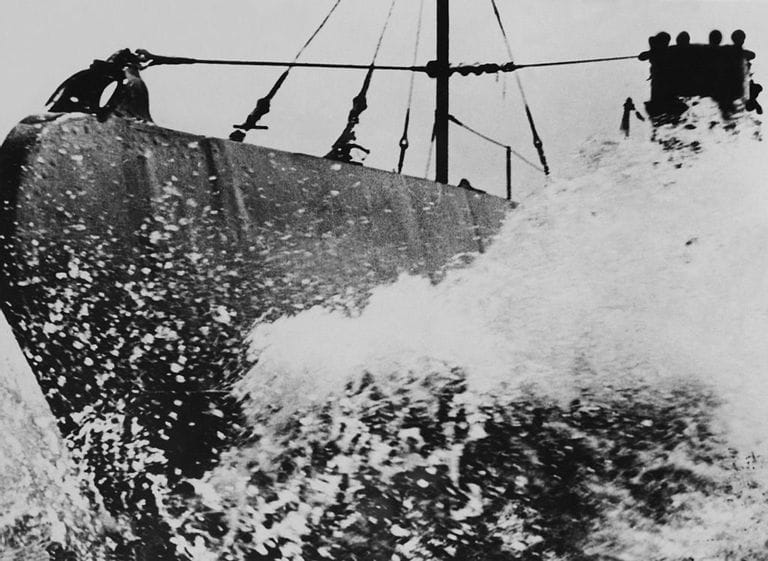
Source: Keystone-France/Gamma-Keystone via Getty Images
Aside from the powerful engine, its speed was also because of its overall design. Even at its widest point, its width only measured 27 feet.
On Patrol
The Stickleback’s capabilities allowed it to go on patrol for weeks. Running at around 10 knots, it could run for up to 11,000 nautical miles for 75 days at a time. It could even stay underwater for 48 hours if it cruised along at just 2 knots.
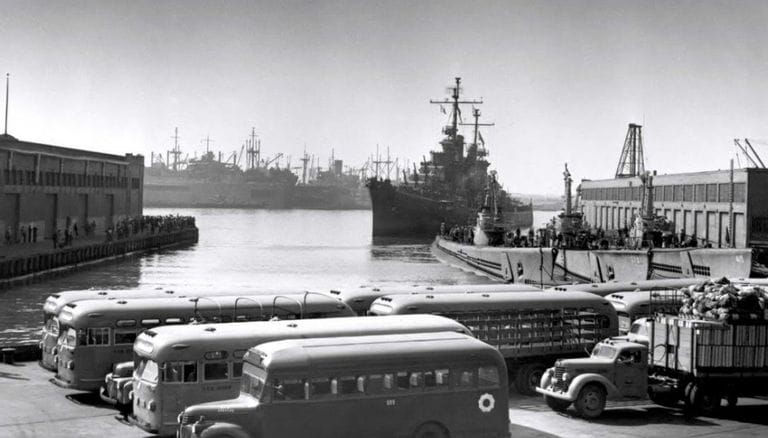
Source: SeaWaves Magazine / Twitter
It had a good capacity in terms of its crew as well. In charge of its voyages was a total of 10 officers, with 71 seamen working round the clock to keep it going.
Ready for Battle
The Stickleback was also built to be battle-ready, with weaponry ready to go both on offense and defense should the need arise.

Source: NavSource Online: Submarine Photo Archive
There were six 21-inch torpedo launching tubes at the Stickleback’s prow and four more at the stern, a total of ten in all. It also had two cannons and a five-inch deck gun that could be used once the sub reached the surface. Needless to say, no one would want to be in the Stickleback’s path once these weapons were in gear.
A Long Preparation
Nobody wanted to set this submarine up for failure, so a lot of preparations were made before it officially set sail. They put in all the effort to make sure this sub didn’t sink for any reason.
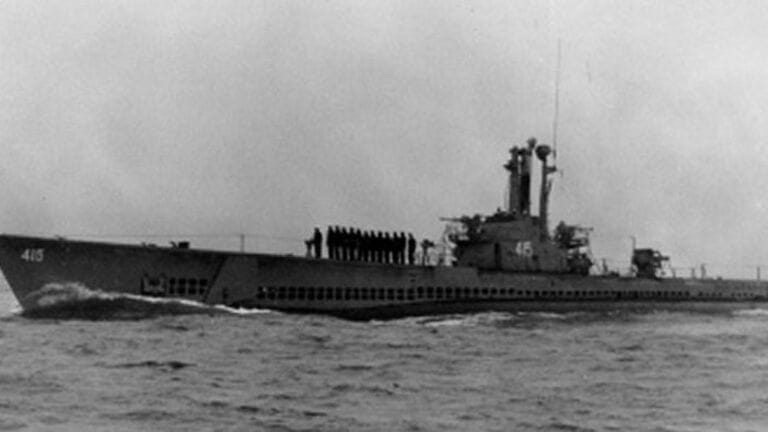
Source: U.S. Navy/Wikimedia Commons
The Stickleback was officially added as part of the fleet in March 1945, but its final fitting was not completed until late May. Commander Lawrence G. Bernard was declared as the sub’s skipper, and he looked forward to the task, not knowing what lay ahead of him.
Off to Pearl Harbor
It was a tough battle between Japan and the US, but the Americans managed to seize Guam in August 1944. The Stickleback was scheduled to proceed to Apra Harbor in Guam the year after that, but it had to go through some training runs first. So the Stickleback set off to Pearl Harbor in Hawaii.
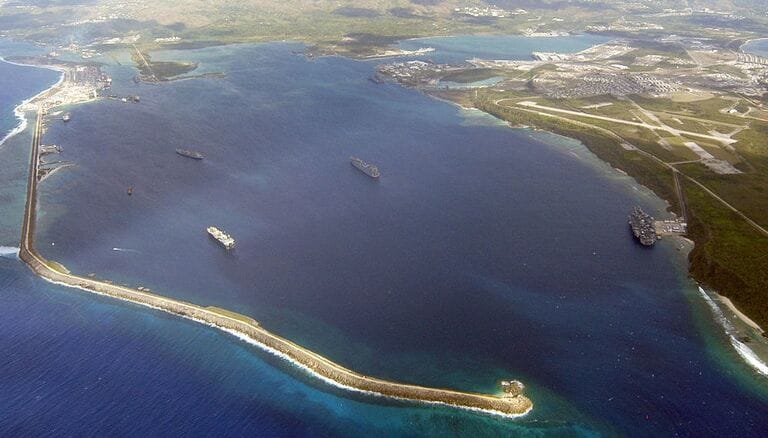
Source: U.S. Navy/Wikimedia Commons
It was an uneventful six-day journey. Once the Stickleback arrived in Pearl Harbor, the sub and its crew immediately started training for their next adventure.
Japan Waves the White Flag
It was extensive training for Stickleback and its crew, but they were soon ready to go to war. So on August 6, 1945, it started its journey to Japan.

Source: Naval Historical Center Photo # USA C-2719/Wikimedia Commons
On the same day, the US dropped an atomic bomb on Hiroshima, then proceeded to drop another one on Nagasaki after three days. Because of this, Japan decided to surrender. By August 15, a ceasefire was declared, and the Stickleback awaited its next orders. The war may have been over, but there was more in store for Stickleback and its crew.
Staying in Hostile Waters
The Stickleback and its crew didn’t see any war-related action in WWII due to the fact that the Japanese had already surrendered when they reached their destination. But although the war had already ended, they were still told to remain on patrol in the same area.
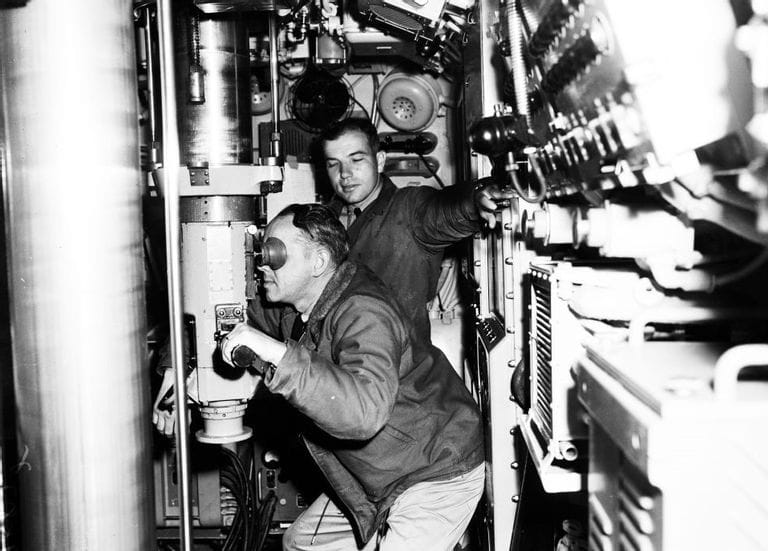
Source: Los Angeles Examiner/USC Libraries/Corbis via Getty Images
But that didn’t mean there were no worries for the crew. Despite the war ending, there were still a few hostile entities around them that kept them on alert the entire time.
A Group of Men on Rafts
Stickleback continued to patrol the Sea of Japan after the war concluded. It was mostly uneventful until six days after Japan’s surrender when the sub’s lookout spotted a couple of bamboo rafts.
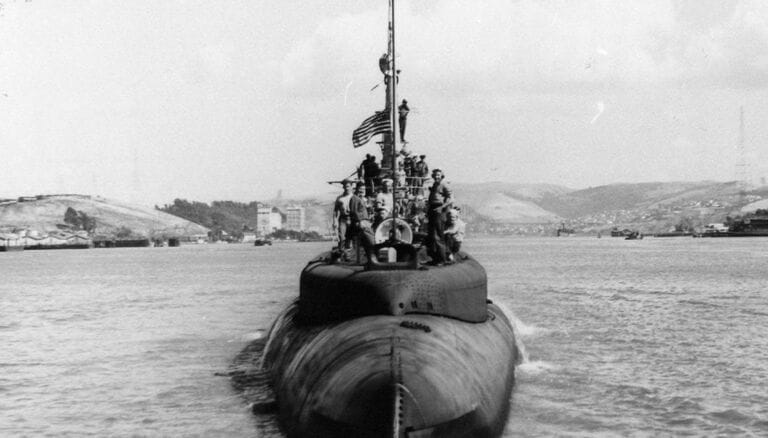
Source: NavSource Online: Submarine Photo Archive
Upon closer inspection, the rafts carried 19 men in total. Since the war had just ended, these men wondered whether these Americans would help them out or would be hostile to them. But they still decided to take their chances instead of continuing to drift at sea.
Survivors of a Sunken Ship
When the men on rafts finally made contact with Stickleback’s crew, it turned out that they were survivors of a sunken Japanese cargo ship called Teihoku Maru. The ship was sunk by another Balao sub, the USS Jallao, just before the ceasefire was called.

Source: U.S. Navy/Wikimedia Commons
They say that there were almost 40 of them on the ship in total. However, not everyone managed to survive the ordeal, and the 19 men on the raft were the only ones who managed to get through it alive.
Nursed Back to Health
The sub’s crew immediately gave the survivors food and gave them the medical attention they needed. Then, after making sure they were all physically well enough to continue on their journey, the crew set the sailors back on their rafts once around Korean waters where they could safely row to shore.
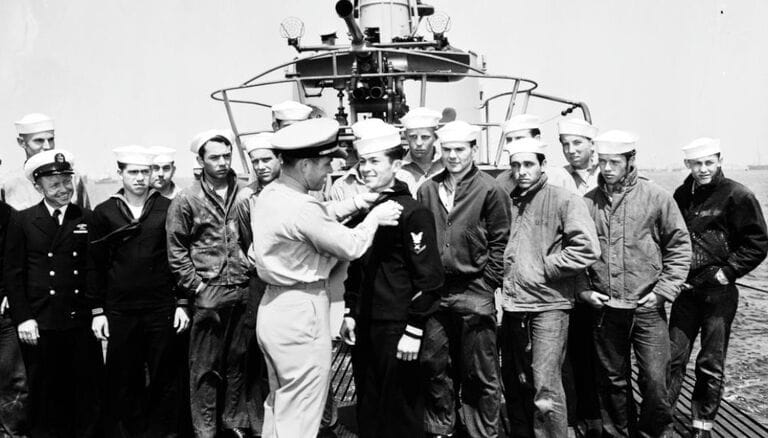
Source: Los Angeles Examiner/USC Libraries/Corbis via Getty Images
Once they were sure the sailors were alright, Stickleback headed towards Guam and, soon after that, to San Francisco. The crew members were now about to see what was in store for them.
Stickleback Decommissioned
With the war now over, there were celebrations going on all over North America. After getting to San Francisco in September, the Stickleback participated in these victory celebrations, cruising all over the East Coast and eventually landing in British Columbia.

Source: Naval History and Heritage Command
In early 1946, the submarine headed to Pearl Harbor once again. Then, come June of the same year; it was back to the Mare Island Yard in California, where the sub was finally decommissioned. But this didn’t mark the end of Stickleback’s adventures.
Called Back to Service
By 1950, the Cold War turned hot around the Korean peninsula, and the Stickleback was once again called in to serve. This time, the US and other allies from the United Nations were fighting against North Korea, China, and the Soviets.
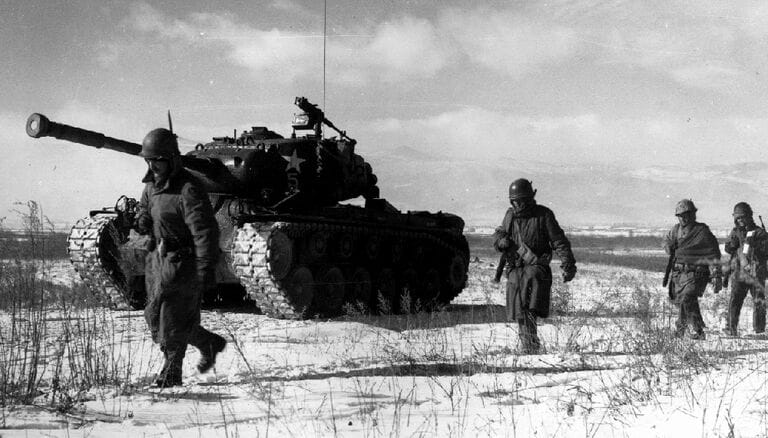
Source: en.wiki by Raul654 / Wikimedia Commons
This Cold War brought the Stickleback crew together once again and prepared them for a new adventure together. The crew headed off to where the action was, unsure of what kind of experiences they would have this time around.
A Few Differences
One thing that was different when the Stickleback was recommissioned in September 1951 was the person in charge of the sub. Now at the helm was Lieutenant Commander Roy J. Robinson.

Source: Naval History and Heritage Command
The sub once again took part in a series of training exercises to get it ready for action. But this time, it wasn’t the strong machine it once was. It was during a training session in California in November 1942 when they decided to decommission it once again, ready to be retired soon.
An Updated Stickleback
By then, the US Navy had come up with an initiative called Greater Underwater Propulsion Power Program (GUPPY). This program aimed to update submarines from WWII so they could be ready to get back in the field–on par with other subs operating in the 1950s during the Cold War.
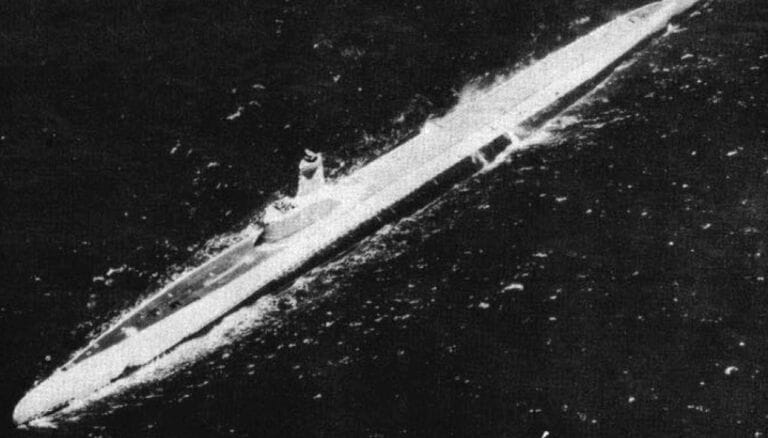
Source: U.S. Navy/Wikimedia Commons
It took ten months to overhaul the sub to help it meet the standards at that time. These improvements included upgrades on the battery and sonar, as well as a brand-new snorkel.
A New Mission
By January 1954, every possible upgrade had been done on the Stickleback. Finally, it was ready to go back into action.

Source: U.S. Navy/Wikimedia Commons
The Stickleback crew was given one aim–to go on reconnaissance missions focusing specifically on Soviet ships. Once they had their orders, they headed straight to Japan, towards their new homeport in Yokosuka. By now, the Cold War was in full gear, and there were many risks to mind. Unfortunately, these missions would also be the downfall of the mighty Stickleback.
A Spy Mission
It was in late March 1954 when Stickleback went for its first reconnaissance mission. This involved cruising into the waters between the Korean Peninsula and Japan via Tsugaru Strait. This journey lasted for four weeks.
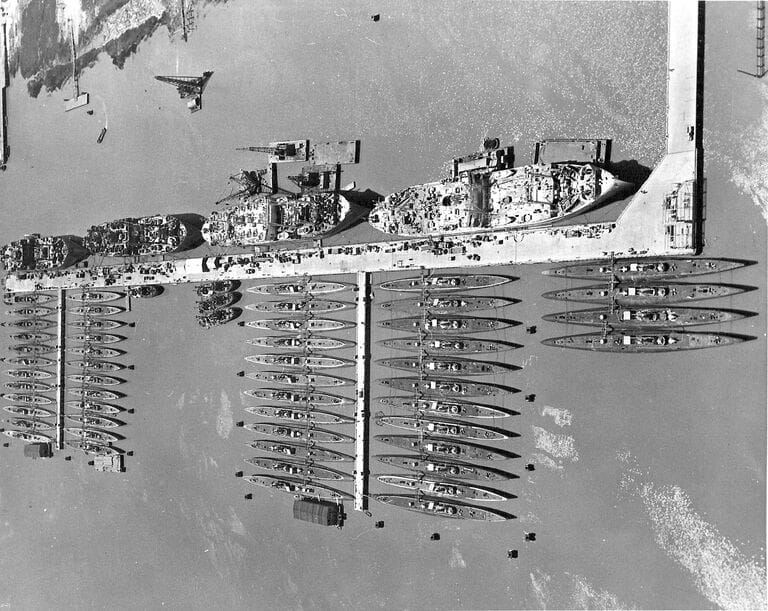
Source: NavSource Online: Submarine Photo Archive
The task was simple–take photos and videos of Soviet vessels in the area. This helped monitor Soviet movement around the general area and allowed the US to strategize its next move. It was a pretty straightforward mission, and things were quiet for some time.
Successful Missions
It seemed like nothing was going to go wrong when Singleback started its reconnaissance missions. They were able to go back and forth on different surveillance trips, successfully tracking the Soviet’s movement between the coasts of Alaska and Russia.
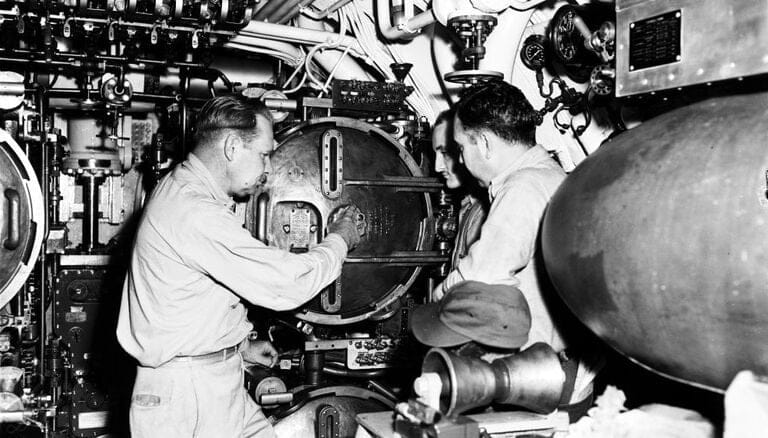
Source: Los Angeles Examiner/USC Libraries/Corbis via Getty Images
It also went on successful patrol missions, maximizing the time it spent at sea. With all that they had contributed, the crew was given six days to rest from their duties. They all looked forward to it, thinking that the entire Cold War was going to be as smooth as this.
Built for Something Else
Throughout its run during the Cold War so far, Stickleback had been able to monitor 119 Soviet vessels with detailed reports on their movements. This was certainly a good number, proving that the sub was, so far, successful as a reconnaissance sub.
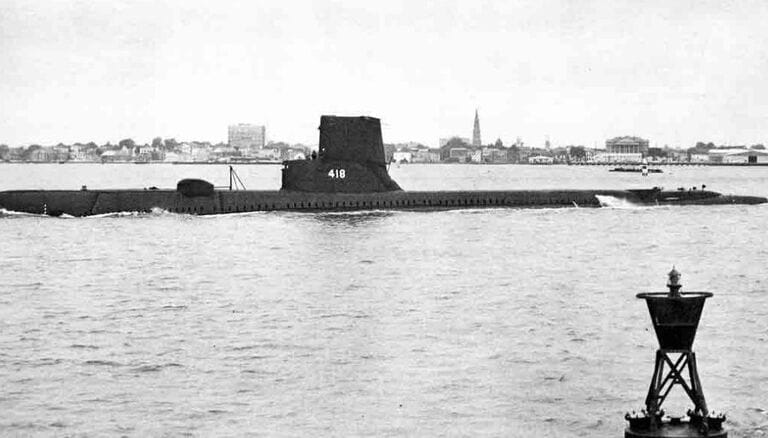
Source: U.S. Navy/Wikimedia Commons
But Stickleback wasn’t built to sneak around and go on reconnaissance missions. It was originally built as a battle-ready war sub for WWII. The crew did not fully realize this fact until they set off on their 5th mission.
Just a Training Exercise
In June 1957, Stickleback set off from Pearl Harbor to the coast of Siberia. By July, it reached Hawaii once again. So far, everything was smooth sailing, and there was no indication that things would soon take a turn for the worse a year later.
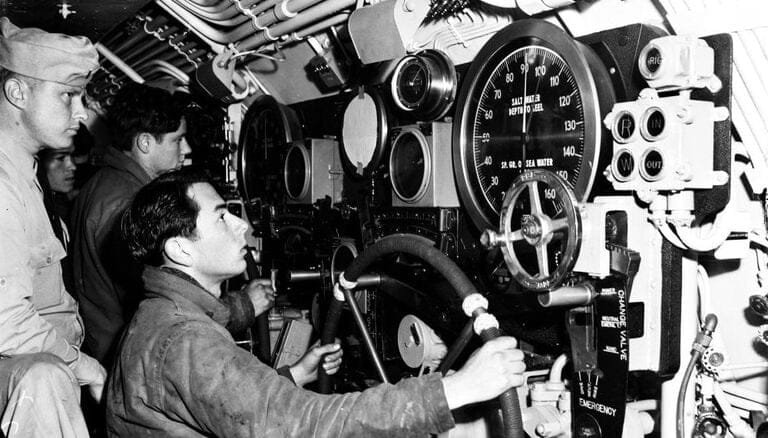
Source: Los Angeles Examiner/USC Libraries/Corbis via Getty Images
It was in May 1958 when Stickleback’s fate suddenly took a different direction. Training exercises were expected as a common occurrence to the sub’s crew, especially since this was their second war. But one training exercise turned out to be different.
A Routine Exercise
It was supposed to be the usual anti-submarine warfare training with a Navy destroyer, the USS Silverstein, involved. There was also another vessel included in the training, a torpedo retriever.

Source: U.S. Navy/Wikimedia Commons
This type of training involved shooting dummy torpedoes toward Silverstein. The training was done around the Hawaiian islands and was supposed to run until the next day. It was a routine exercise, so as tiring as it may have seemed, it was nothing new to all the crew involved.
From Training to Disaster
The next day, the vessels were still running the routine training around 20 miles off Oahu. Stickleback performed a torpedo attack on the Silverstein, as expected. In this attack, the submarine was supposed to submerge, a move it had done hundreds of times before.
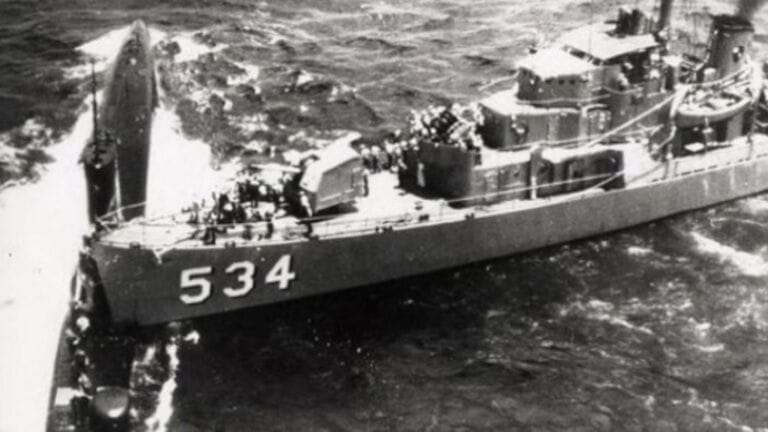
Source: NavSource Online: Submarine Photo Archive
But what was supposed to be a routine dive started to take a different turn. The sub lost propulsion and was suddenly out of control and quickly zoomed 800 feet below the surface. Things quickly went from a routine exercise into a complete disaster.
In Too Deep
If you remember, Balao-class subs usually only go as deep as 400 feet and would collapse if they reached 900 feet. Needless to say, diving that quickly to 800 feet was disastrous.
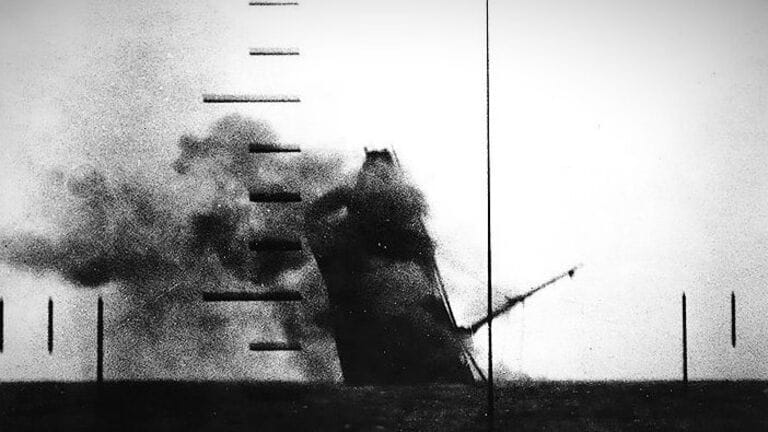
Source: U.S. Navy/Wikimedia Commons
At this depth, the pressure would be so high the sub’s hull wouldn’t be able to keep things intact. Imagine a soda can being crushed when you suddenly tighten your grip–that’s what was bound to happen if the sub continued going deeper at that fast a pace.
Right in the Destroyer’s Path
Because there was an experienced crew onboard, they were able to deploy the sub’s emergency ballast tanks, pulling the sub quickly up to the surface. But this did not make things any safer for them.
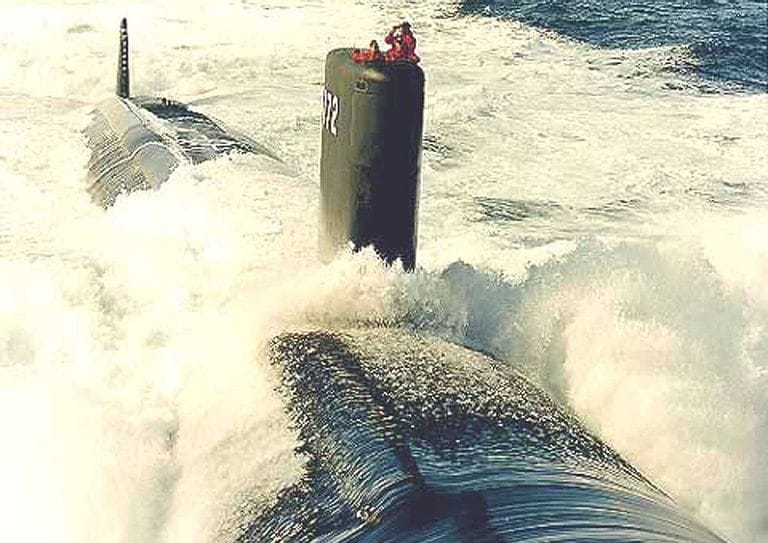
Source: U.S. Navy/Newsmakers/ Getty Images
Although Stickleback was now safe from being crushed like a tin can due to hull pressure, it resurfaced just 600 feet away from the Silverstein. The Stickleback was directly in the destroyer’s path! Would the Stickleback be capable of avoiding yet another would-be disaster twice in one day?
A Huge Collision
Six hundred feet seems a long way for humans, but for subs and destroyers, that’s too close for comfort. A Navy destroyer as big as the Silverstein definitely wouldn’t be able to make a sudden stop so close to the sub.
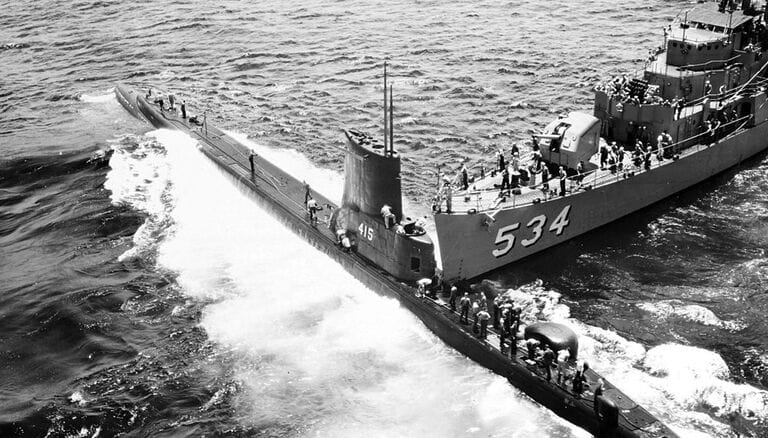
Source: U.S. Navy/Wikimedia Commons
The Silverstein crew did everything they could to avoid ramming into the Stickleback, including setting the rudder to the farthest left and reversing its engines. But these did not help at all. The destroyer rammed straight into the sub’s port side, leaving a huge gash in the hull.
A Firsthand Experience
Pat Barron was just a trainee on board the Stickleback during the training exercise. He was later interviewed about the traumatic experience and shared what he remembered about it.
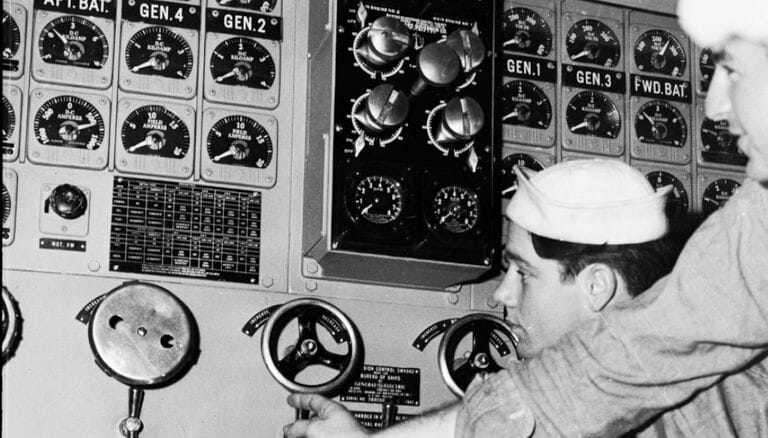
Source: Los Angeles Examiner/USC Libraries/Corbis via Getty Images
Barron said that it happened just before lunchtime. They suddenly lost power when the sub took a sudden dive. The emergency lights immediately took over then he heard the main ballast tanks start to blow. It all happened so quickly, but the crew members were also quick to act.
A Quick Turn of Events
After the quick dive, Barron then recalled the swift ascent after the emergency ballasts were used. The next series of events happened quickly, but every single moment of it was still fresh in Barron’s mind.
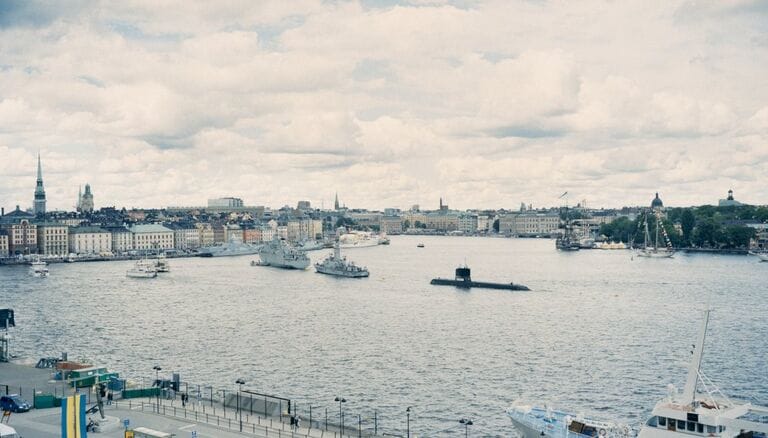
Source: Johner Images/Getty Images
He said they were suddenly on the surface, and before anybody could even catch their breath, they were hit by the destroyer. He remembered that it was such a huge crash that they were all knocked down as the sub tilted to its starboard side.
His Life Flashed Before His Eyes
People often say their entire life passes before their eyes whenever something terrible happens. That was the same thing that Barron shared that happened to him.
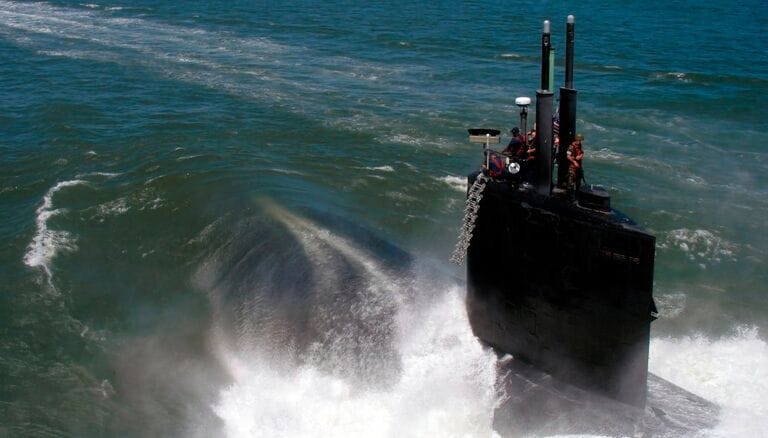
Source: Stocktrek Images/Getty Images
He shared that he never realized how dreadful the words “Abandon ship” truly were for a sailor like him. He saw his entire life, including an image of a high school girlfriend, pass before his eyes as they all scrambled around, moving through the motions and following the usual protocols laid out for emergencies like this.
Being Rescued
Despite bad things happening one after another, there were still things to be thankful for in this situation. The USS Greenlet, a salvage vessel, happened to be in the area and heard the cries for help.

Source: U.S. Navy All Hands magazine/Wikimedia Commons
All of the Stickleback’s crew were able to transfer to the other vessel without any additional problems. But the submarine itself did not have the same luck. Other vessels started coming, but nobody could stop the sub from sinking and disappearing into the ocean’s depths.
The End of Stickleback
In his interview, Barron shared how Stickleback bid its final goodbye before disappearing beneath the water. He shared that the sub’s bow was already sinking, but the skipper didn’t leave until the water started going around the sails.

Source: U.S. Navy/Wikimedia Commons
They all saw the sub go down, with the stern pointing towards the sky as the rest of the craft went deeper into the ocean. Finally, part by part, it started to disappear, missing for the next few decades until it was found.
Rediscovering Stickleback
It’s been 60 years since that fateful tragedy. It’s finally time to solve the mystery and allow Stickleback to be found.

Source: Mark Stevenson/Stocktrek Images/Getty Images
Based on the data, the sub was around 20 miles off Oahu’s coastline when it sank–this area was around 11,000 feet deep. Knowing that the currents and other conditions would have made the sub’s exact location difficult to trace, everybody knew this was not an easy mission. But Tim Taylor and the crew involved in the Lost 52 Project were up for the challenge.
The Lost 52 Project
A total of 52 submarines disappeared during WWII. Tim Taylor and his crew took it as a passion project to find all of them. They knew these subs were an important part of history and deserved to be found.
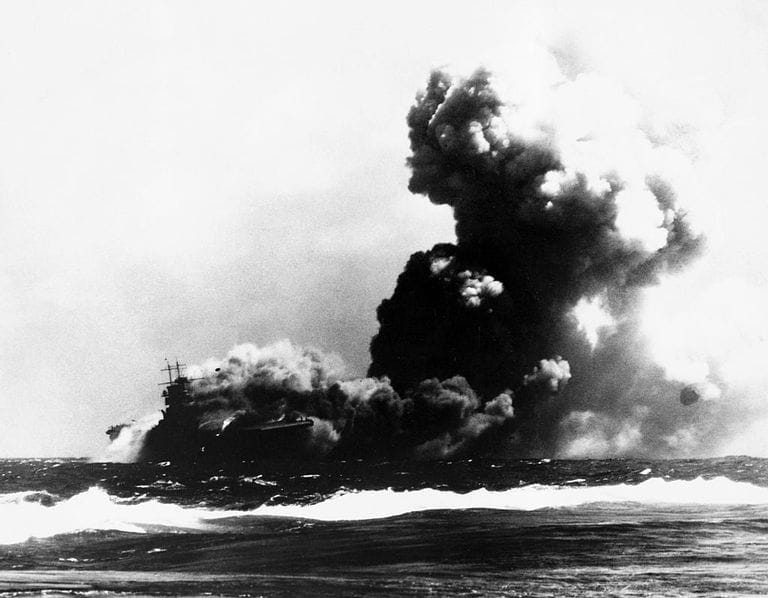
Source: CORBIS/Corbis via Getty Images
But Taylor knew this project wouldn’t be complete if they didn’t extend their search to the subs that disappeared during the Cold War as well. After all, the Stickleback still served during WWII and had made significant contributions throughout its service.
Completing History
On the Lost 52 Project’s website, the team says that their primary aim was to complete the missing bits and pieces of history. By locating the missing subs, they believe that they can finally create more documentation on how each sub was laid to rest.
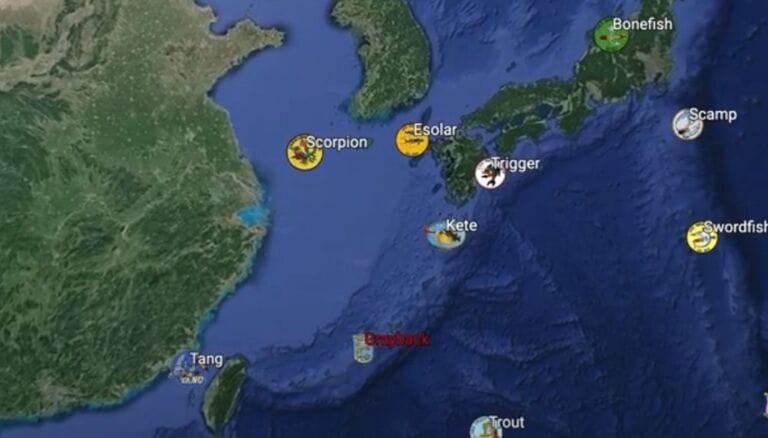
Source: Ocean Outreach/YouTube
The missing vessels’ locations could also bring closure to the families of the sailors who went down with their ships. They could finally give everyone more details on where those sailors were laid to rest.
The Perfect Tribute
In March 2020, Dr. Bob Neyland from the Naval History and Heritage Command said in an interview with Atlas Obscura that Tim’s project was the perfect tribute to the sailors and marines who died in service for their country.
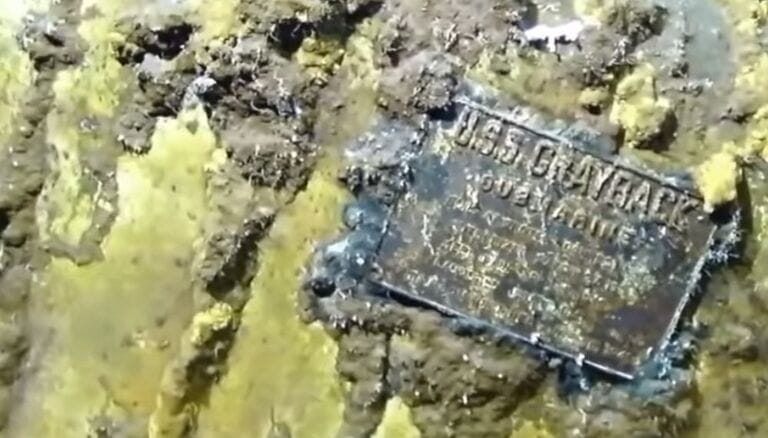
Source: ABC News/YouTube
At that time, the Lost 52 Project had found six submarines from WWII and the Cold War, bringing closure to the families of the sailors who served there. He says that with every discovery, they unlock another piece of history and bring honor to the people who fought for their country.
